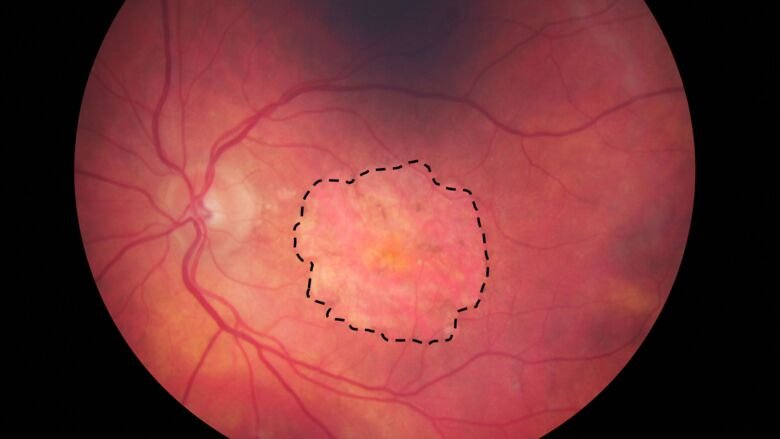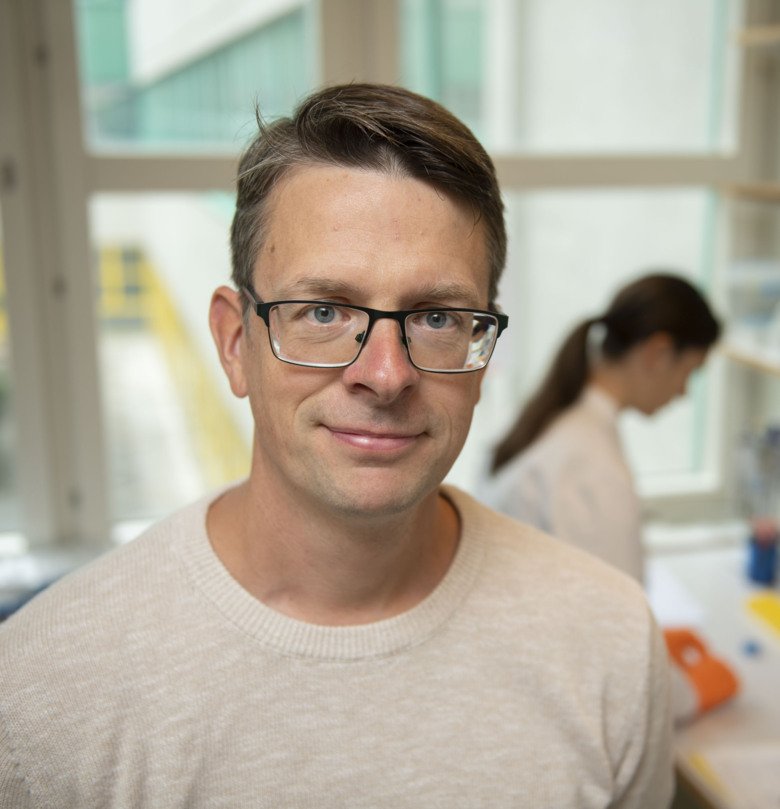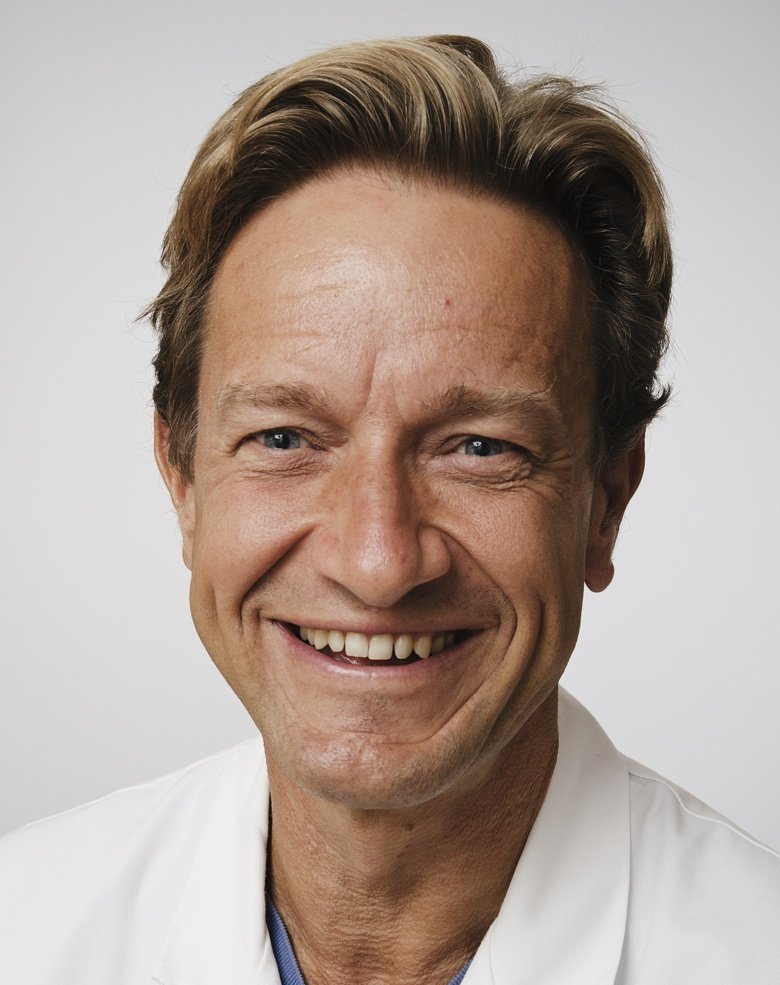Karolinska Institutet, St. Erik Eye Hospital and Novo Nordisk collaborate to find a cure for age-related macular degeneration

Karolinska Institutet and St. Erik Eye Hospital have entered into a collaboration with Novo Nordisk A/S to develop a new treatment for age-related macular degeneration. Novo Nordisk A/S will provide support and SEK 48 million in funding to enable a phase 1 clinical trial where new retinal cells generated from embryonic stem cells will be transplanted into patients. The aim is to develop a completely new cell therapy for this common but currently incurable eye disease.
Karolinska Institutet and St. Erik Eye Hospital have conducted joint research on cell therapies since 2013. The collaboration with the Danish pharmaceutical company Novo Nordisk A/S is based on this research and will focus on developing new retinal cells from embryonic stem cells with the aim of testing these in a small clinical trial. The ultimate goal is to find a curative treatment for the severe form of age-related macular degeneration that affects some 1,500 patients in Sweden every year. In age-related macular degeneration, the cells in the retinal macula stop working normally, causing gradual loss of sight in the central visual field.
The work has progressed all the way from basic research on how embryos and stem cells work, via establishing a new method of production of specific eye cells, to be on track to test these in a first clinical trial.
A breakthrough

“This will be the first transplantation of retinal cells differentiated from embryonic stem cells performed in Sweden, and it is a breakthrough that’s been made possible thanks to years of hard work by a great many people,” says Fredrik Lanner, researcher at the Department of Clinical Science, Intervention and Technology and the Ming Wai Lau Centre for Reparative Medicine at Karolinska Institutet. “With the support of Novo Nordisk, in terms of competence as well as financially, we can now get close to the goal of a new cell therapy.”
“We have an effective recipe for producing the cells using a robust yet simple method of cultivation,” continues Dr Lanner. “It makes the method easier to scale up for larger volumes and more viable for use in a future cell-therapy product.”
In this first-in-human trial, each patient will receive the new cells via subretinal injection. The researchers will, in the first instance, establish the safety of the method, while also studying the cells’ ability to adhere and slow down the disease process.
Complex technology

“This is in many ways a unique project and it is very exciting that we now have the opportunity to take it further to clinical trials where we hope to be able to save the sight of a large group of patients,” says Anders Kvanta, professor at the Department of Clinical Neuroscience, Karolinska Institutet and consultant at St. Erik Eye Hospital who is responsible for the clinical study. “But we respect the fact that it is a complex technology and a challenging disease and that it may take many years for this to be developed into a curative treatment.”
“We are excited to enter into this collaboration with Professor Anders Kvanta and Dr Fredrik Lanner,” says Jacob Sten Petersen, Corporate Vice President and Head of Stem Cell R&D at Novo Nordisk. ”They are both world-leading experts within stem cell research and treatment of eye diseases. Through this partnership we have a unique opportunity to combine the Novo Nordisk strong stem cell R&D capabilities with cutting edge science and clinical research at Karolinska Institutet and St. Erik Eye Hospital, to develop a novel cell therapy for people living with dry age-related macular degeneration.”
